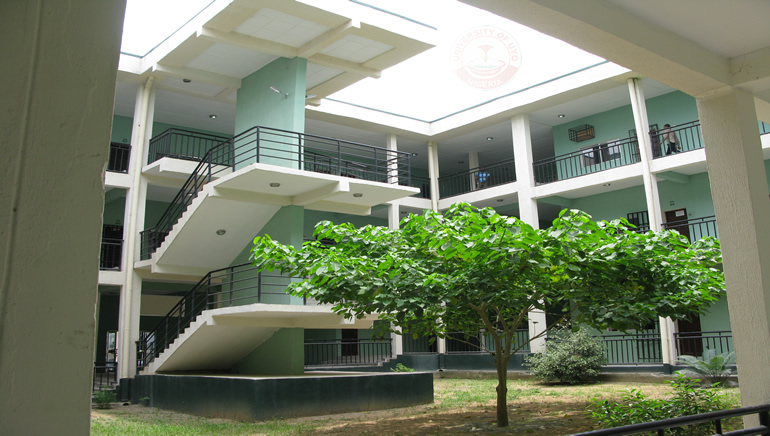The Importance Of a Positive Lecture Halls in Nigerian Universities and the University Of Uyo, in particular.
Classroom environment is one of the most crucial factors affecting student learning. Simply put, students learn better when they view the learning environment as positive and supportive (Dorman, Aldridge, & Fraser, 2006). A positive environment is one in which students feel a sense of belonging, trust others, and feel encouraged to tackle challenges, take risks, and ask questions (Bucholz & Sheffler, 2009). Such an environment provides relevant content, clear learning goals and feedback, opportunities to build social skills, and strategies to help students succeed.
We all know the factors that can threaten a positive classroom environment: problems that kids bring from home, lack of motivation among students whose love of learning has been drilled right out of them, pressures from testing, and more. We can't control all these factors, but what if we could implement some simple strategies to buffer against their negative effects?
The good news is that it is possible. The National University Commission can foster effective learning and transform the experience of students in general and university of uyo students in particular every day by harnessing the power of emotions between students and lecturers in Nigerian Universities.
The strategies suggested herein can be easily integrated into your opinion.  . What's more, they are not a luxury or a frill: we ignore the power of emotions at our peril. When we dismiss the effects—both positive and negative—that emotions have on learning, we make our jobs much harder for ourselves as teaching staffs.
. What's more, they are not a luxury or a frill: we ignore the power of emotions at our peril. When we dismiss the effects—both positive and negative—that emotions have on learning, we make our jobs much harder for ourselves as teaching staffs.
A bounty of research outlines the impact emotions have on learning. Stress, for example, has a significant negative effect on cognitive functioning. Unfortunately, when it comes to learning processes, the power of negative events greatly outweighs the power of positive events. As a result, there's a cogent need for lecturers to prepare themselves with an arsenal of strategies that inoculate we students against the power of negativity. By providing enough positive experiences to counteract the negative, they can help students avoid getting stuck in a "negative spiral", which can be set off by something as seemingly innocuous as a critical comment from a peer or a stressful test moment.

Being caught up in negative emotions in this way impairs learning by narrowing students' focus and inhibiting their ability to see multiple viewpoints and solve problems. Creating a positive environment produces a powerful ripple effect that continually enhances learning: when students can see the humor in their mistakes, celebrate their successes, and feel empowered as change agents, they will actively engage in learning and, consequently, learn more effectively. Far from promising easy solutions and instant results, these strategies will increase students' capacity to tolerate the discomfort that comes with working hard and to accept that there are no easy answers—that only critical thinking and perseverance lead the way to mastery.
The principles and strategies that follow will help you evaluate the challenges you face in the classroom and address them by infusing your practice with positive elements like humor, novelty, and fascination. The first step is to examine the current state of your learning environment and assess how effective it is.
Hello fellow STEEmians, this write-up is basically aimed at inciting your opinions on the subject. Like I said earlier, "It is integrated into your instructions". Please comment and upvote for more inputs. Thanks!